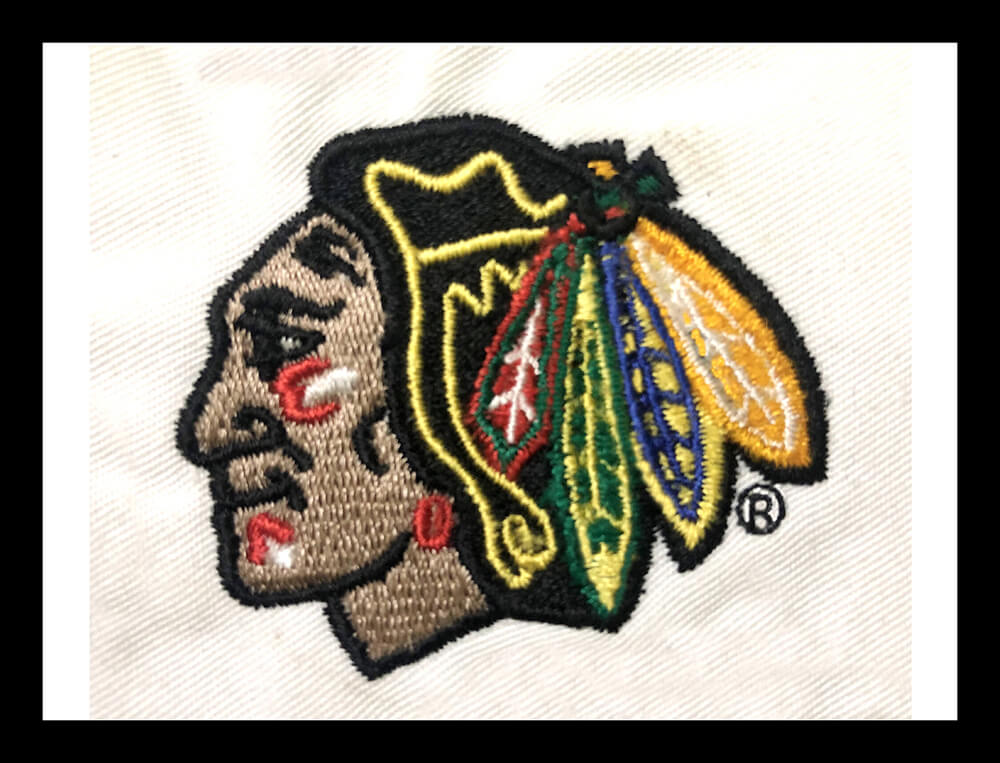Simplifying the Art of Needlework Digitizing: Step-by-Step Guide
Needlework digitizing is a careful craft that demands precision and imagination. As modern technology proceeds to breakthrough, the digitization process has actually become more accessible, permitting enthusiasts to bring their intricate designs to life effortlessly. In this guide, we will decipher the intricacies of embroidery digitizing, damaging down each action methodically to improve the procedure and empower both beginners and seasoned embroiderers alike. Keep tuned to find just how you can streamline this intricate art type and transform your innovative visions into wonderfully stitched work of arts.
Comprehending Needlework Digitizing Software Application
Needlework digitizing software program functions as an essential device for changing complex styles into electronic formats suitable with needlework devices, helping with accurate stitching and personalization. This specialized software application enables individuals to import different image data styles, such as JPG or PNG, and convert them right into embroidery machine-readable layouts like DST, EXP, or PES - Digitizing for Embroidery. By making use of functions like stitch editing and enhancing, rug alternatives, and string color choice, digitizing software enables customers to regulate every element of the design procedure
In addition, advanced embroidery digitizing software program supplies tools for producing intricate layouts, changing stitch density, and incorporating intricate information. Users can also sneak peek the layout before stitching it out, guaranteeing precision and reducing errors. Additionally, several software application programs give automatic functions that assist simplify the digitizing procedure, conserving time and effort.
Understanding the abilities of embroidery digitizing software application is important for achieving premium cause needlework projects. By understanding this device, needlework lovers and experts can release their creativity and bring complex styles to life with precision and efficiency.

Choosing the Right Style Data
After acquainting on your own with the abilities of embroidery digitizing software, the next crucial step in the process is selecting the appropriate style declare your job. Digitizing for Embroidery. When picking a design file for needlework digitizing, it's necessary to think about the complexity of the layout, the dimension of the end product, and the type of textile you will be dealing with
For complex layouts with fine details, a high-resolution photo or vector file is advised to guarantee that the needlework device can properly replicate the style. Additionally, the size of the end product plays a considerable role in selecting the ideal style data. Larger styles might require higher resolution files to keep quality and intensity.
Additionally, the kind of material you will certainly be embroidering on affects the option of layout data. Different materials might call for changes in the style data to make certain that the stitches are correctly straightened and the style shows up as planned. By thoroughly selecting the right style documents based on these variables, look at this site you can set yourself up for an effective embroidery digitizing procedure.
Digitizing Tools and Techniques
Using specialized software and accuracy methods, digitizing devices are crucial in transforming complex layouts into embroidery-ready data. Embroidery digitizing software, such as Wilcom, Hatch, or Embrilliance, provides the necessary system to convert artwork right into stitch information. These programs offer functions like stitch editing, underlay choices, and text devices to make sure the layout equates seamlessly onto material.
Among the vital techniques in digitizing is developing a clear path for the embroidery maker to comply with. This includes digitizing each aspect of the style with precision, identifying stitch kinds, densities, and directions. By making use of devices like digitizing tablets or software-specific plugins, embroiderers can accomplish a high degree linked here of accuracy in their digitized designs.
Moreover, grasping the art of underlay sewing is vital for generating quality embroidery. Underlay stitching maintains the material and creates a structure for the layout, making sure that the end product is both aesthetically enticing and long-lasting. By comprehending these digitizing tools and methods, embroiderers can raise their craft and bring detailed styles to life with precision and performance.
Customizing Stitch Types and Directions
The selection of stitch kinds can significantly impact the total look and appearance of the stitched style. By tactically integrating these stitch types, embroiderers can achieve depth and dimension in their layouts.
Furthermore, the direction of stitches plays an essential function in improving the visual allure of the final embroidery. By exploring with different stitch angles and patterns, embroiderers can bring their styles to life with exceptional information and ins and out.
Testing and Refining Your Digitized Design
To make sure the accuracy and top quality of your digitized design, complete testing and refinement are vital actions in the embroidery digitizing procedure. Once you check have completed the digitization of your design, it is critical to check it prior to proceeding with the actual embroidery. Evaluating allows you to determine any kind of possible issues such as thread breaks, stitch density troubles, or style distortions that might impact the outcome.

After testing, it is crucial to refine your digitized style based upon the responses from the test sew-out. This may include tweaking sew setups, readjusting densities, or making changes to the general style to achieve the desired result. By repeating via screening and refinement, you can tweak your digitized style to perfection before moving on with the real embroidery procedure.
Conclusion
In conclusion, mastering the art of needlework digitizing needs an extensive understanding of the software application, choosing the appropriate design file, using digitizing devices and techniques, tailoring stitch kinds and instructions, and testing and fine-tuning the digitized design. By following these actions, embroiderers can streamline the digitizing process and produce top notch embroidered designs with precision and efficiency.